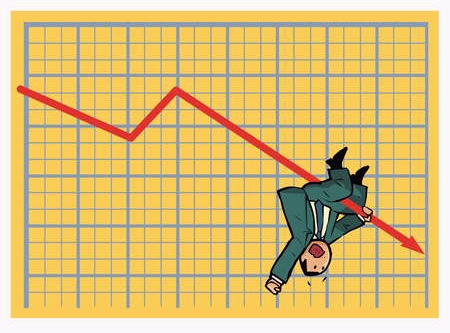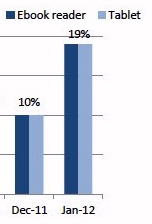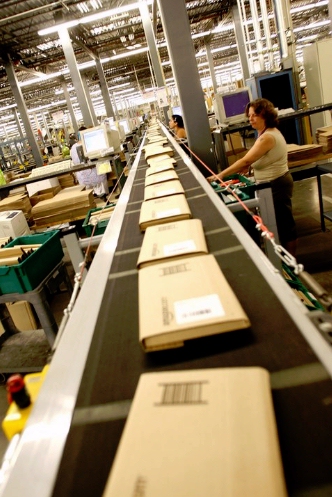
Thursday is a big day. Amazon is going to announce their first earnings report for 2012 — and hopefully, some statistics about the popularity of their new Kindles. Obviously a lot of people received a Kindle Fire tablet for Christmas (or a new $79 Kindle, or a Kindle Touch) — but those sales were all counted as part of 2011. So it’s this report which could reveal not only whether Amazon’s selling a lot more digital movies and music downloads now — but also, whether even more people are still buying Kindles!
But at least one analyst thinks they’re not. “[W]e cut our 2012 Kindle e-reader unit sales forecasts to 12.3 million from 24.0 million due to weak demand,” Chad Bartley announced last week. He’s a senior research analyst at Pacific Crest Securities, an investment bank that focuses exclusively on technology. And he’s not just concerned about the Kindle Fire tablets, but even Amazon’s sales prospects for their black-and-white e-ink readers.
The firm conducted its quarterly “consumer technology” survey — and they noticed a big drop in the number of people who wanted a Kindle. “[O]nly 5% of respondents intend to purchase a Kindle e-reader in the next 12 months,” he explained in a note released last week, “which is well below the 10% reported in our last survey.” Of course, the problem could be that the Kindle is already very popular — and maybe there’s just fewer people left who don’t own a Kindle. “We attribute weakening demand to the large install base of Kindle e-readers…” writes Bartley, estimating that over 28 million people now have a Kindle! Digital readers have also “matured,” with lots of new competition.
But the Kindle is also facing competition from apps, which let people read ebooks without ever buying a Kindle. (Bartley’s note specifically cites a recent study by Pew Internet Research, which found that just 41% of e-book readers are actually using a Kindle-like device, “while 42% read them on a computer, 29% on a cell phone and 23% on a tablet!”) In an odd coindence, I found this article on a web site called Business Insider — just a few days after they ran another article proclaiming “The Death of the Printed Book”
That article cited a remarkable statistic: that 21% of Americans now say they’ve read an e-book within the last year — a big jump from the number two months earlier, when only 17% of Americans said they’d read an e-book. And when given a list of typical reading situations, a majority still said they preferred ebooks over printed books in nearly every one! (For example, reading in bed, or reading books while traveling…) So while the e-book is clearly gaining in popularity over the printed book — people may not be reading those e-books on a Kindle! Still, not everyone’s convinced that Amazon’s in trouble.
After all, Amazon sells books as well as Kindles — and in the comments on the article, there’s a least a few people who won’t blindly trust a business insider. “I think I’ll take what the ‘experts’ say with a grain of salt,” posted a user named Dan Delgado. “If I recall correctly (and I think I do), ‘Experts’ said Amazon and Kindle were ‘in trouble’ when Apple launched the iPad and colluded with book publishers. Apple (they said) would take over the ebook business.
“A couple years later, Apple has 10% of the ebook market and is being sued by the Justice Department for price fixing!”





